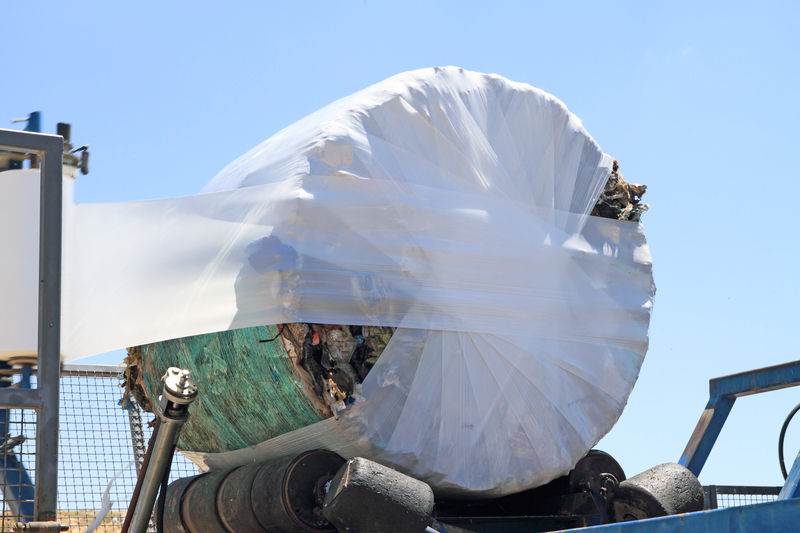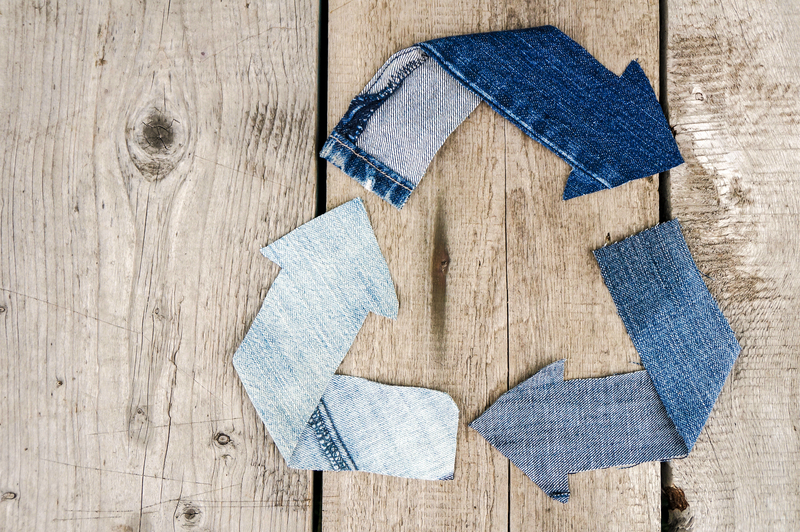Making Responsible PPE Waste Disposal Part of Your Routine
In our post-pandemic world, Personal Protective Equipment (PPE) waste has become an everyday reality. From disposable masks and gloves to face shields, safe and proper PPE waste disposal is now more crucial than ever. Not only does it impact public health, but it also plays a significant role in protecting the environment. This article provides an in-depth guide to making responsible PPE waste disposal part of your routine, ensuring that everyone can contribute to a cleaner, safer world.
Why Responsible PPE Waste Disposal Matters
During the COVID-19 pandemic, the usage of single-use PPE has skyrocketed across the globe. While these materials help prevent the spread of pathogens, PPE waste has quickly become a considerable environmental concern.
Environmental and Health Impacts of Improper PPE Disposal
- Wildlife endangerment: Discarded masks and gloves often end up in our waterways and landscapes. Marine animals, birds, and other wildlife can mistake PPE for food, causing injury or death.
- Microplastic pollution: Most PPE is made from plastic polymers, which do not biodegrade. Over time, they break down into microplastics and contaminate soil and water systems.
- Public health risk: Improperly discarded PPE may be contaminated, spreading pathogens to sanitation workers, waste pickers, and even others who unknowingly come into contact.
- Strain on waste management: The enormous volume of PPE waste can overwhelm existing waste management infrastructure, causing improper incineration or illegal dumping.
By making responsible PPE waste disposal a habit, we can significantly reduce these risks and promote a healthier planet for all.

What Types of PPE Need Special Disposal?
Not all PPE waste is the same. Here are the common types you encounter and why their disposal must be handled responsibly:
- Face masks (surgical and cloth)
- Respirators (e.g., N95s)
- Single-use and reusable gloves
- Face shields and goggles
- Protective gowns and aprons
Many of these items are manufactured from plastics or treated materials that require special handling and disposal procedures.
Best Practices for Responsible PPE Waste Disposal
1. Use a Dedicated PPE Waste Bin
- Set aside a clearly marked bin or bag for used PPE at home, work, or public spaces.
- Ensure it is lined with a strong, leak-proof garbage bag to prevent contamination.
- Secure the container to avoid accidental spills or animal interference.
2. Never Recycle Used PPE With Regular Recycling
- Most PPE waste such as masks and gloves are made of mixed materials that are not accepted in municipal recycling bins.
- Improper recycling causes contamination and can put workers at risk.
3. Properly Seal PPE Waste
- Before disposing of PPE in general waste, ensure the bag or container is tightly sealed to prevent spills.
- If the PPE has been in contact with someone who is ill, double-bag it for added safety.
4. Practice Personal Hygiene After Disposal
- Wash your hands with soap and water for at least 20 seconds after handling PPE waste.
- If you don't have access to soap and water, use an alcohol-based hand sanitizer.
5. Utilize Community Disposal Programs
- Some municipalities and organizations provide PPE-specific waste collection points or hazardous waste drop-off events.
- Research if your area has special provisions for safe PPE waste disposal.
Eco-Friendly Alternatives to Traditional PPE Waste Disposal
1. Biodegradable and Reusable PPE
- Opt for cloth masks that are washable and reusable rather than single-use masks.
- Choose gloves made from plant-based or biodegradable materials if available.
2. Participate in PPE Recycling Programs
- Some companies and non-profits offer PPE recycling initiatives, especially for bulk waste from offices and institutions.
- Programs like TerraCycle accept certain types of PPE for specialized recycling.
3. Reduce Overall PPE Use When Safe
- Follow current medical guidelines: Use PPE only when necessary and not as a substitute for other preventive measures.
- Keep up to date with evolving guidance to minimize unnecessary waste.
Integrating Responsible PPE Waste Management Into Your Daily Life
Building a sustainable PPE waste disposal routine doesn't have to be difficult. Here's how you can make it second nature:
At Home
- Keep PPE waste bins in entryways or bathrooms for easy access.
- Educate all household members, including children, about separating PPE waste from recyclables.
- Designate a responsible person to ensure the bin is emptied regularly and handled carefully.
At Work or School
- Advocate for PPE-specific waste bins in common areas.
- Offer training sessions on correct PPE disposal practices for staff and students.
- Display informational signage throughout the premises to reinforce best practices.
In Public Spaces
- Bring a small, sealable bag with you to store used PPE until you can dispose of it responsibly.
- Never litter masks or gloves -- wait until you find a suitable trash bin.
- Encourage friends and family to adopt similar habits.
Myths and Misconceptions About PPE Waste Disposal
There are many misunderstandings about disposing of PPE. Let's clarify some of the most common:
- "PPE can be recycled in the regular bin."
Most PPE contains plastic, elastic, and metal parts not suitable for standard recycling. Specialized facilities are needed. - "Marine animals can't be hurt by small items like masks."
Even a single mask can entangle, choke, or poison wildlife. - "It's only medical facilities' responsibility to dispose of PPE correctly."
Every individual plays a role. Personal PPE disposal collectively makes a big difference. - "Cloth masks aren't waste."
Eventually, reusable cloth masks do wear out and must be appropriately disposed of.
Community and Government Roles in PPE Waste Management
While everyday individuals have a duty to dispose of PPE properly, communities and governments also play vital roles in developing effective systems.
Local Government Initiatives
- Providing PPE-specific waste bins in public areas such as parks, shopping centers, and transit stations.
- Launching educational campaigns to boost awareness of proper PPE disposal methods.
- Creating regulations for the safe collection, transportation, and disposal of PPE waste.
Business & Institutional Responsibilities
- Schools, offices, and factories should provide sufficient bins for PPE and train staff in proper handling.
- Large-scale PPE users should explore sustainable options and partner with recycling or hazardous waste services where possible.
PPE Waste Disposal: Challenges & Solutions
Challenges
- Inadequate infrastructure: Many areas lack bins or special collection programs for PPE waste.
- Limited awareness: People may not realize the risks or understand proper disposal methods.
- High use of single-use plastics: Most PPE is not biodegradable, leading to persistent environmental issues.
Solutions
- Public education: Schools, governments, and media can run campaigns to raise awareness.
- Research and innovation: Continued development of biodegradable and recyclable forms of PPE.
- Investment in waste management infrastructure: Expanding collection and disposal points in public and private spaces.

Final Tips for Responsible PPE Waste Disposal
- _Always dispose of single-use masks, gloves, and other PPE in the trash, not the recycling bin._
- _Store used PPE in a sealed bag until you can deposit it in an appropriate waste bin._
- _Never flush PPE down the toilet or drains._
- _Wash your hands immediately after handling used PPE._
- Stay up to date on local regulations and disposal programs specific to your municipality.
Conclusion: Make Responsible PPE Waste Disposal a Lifelong Habit
Making responsible PPE waste disposal part of your routine is crucial for your health, your community, and the environment. Simple, consistent actions -- like using dedicated bins, educating others, and choosing sustainable PPE -- can have lasting positive impacts. As we navigate ongoing public health challenges and environmental concerns, let us each pledge to dispose of PPE responsibly, every time.
By integrating these best practices into daily life, we can collectively reduce pollution, protect wildlife, and keep our surroundings safe. With ongoing innovation and community effort, we can look forward to a future where protection and sustainability go hand in hand.
Remember: Responsible PPE waste management starts with you. Make it part of your routine today!